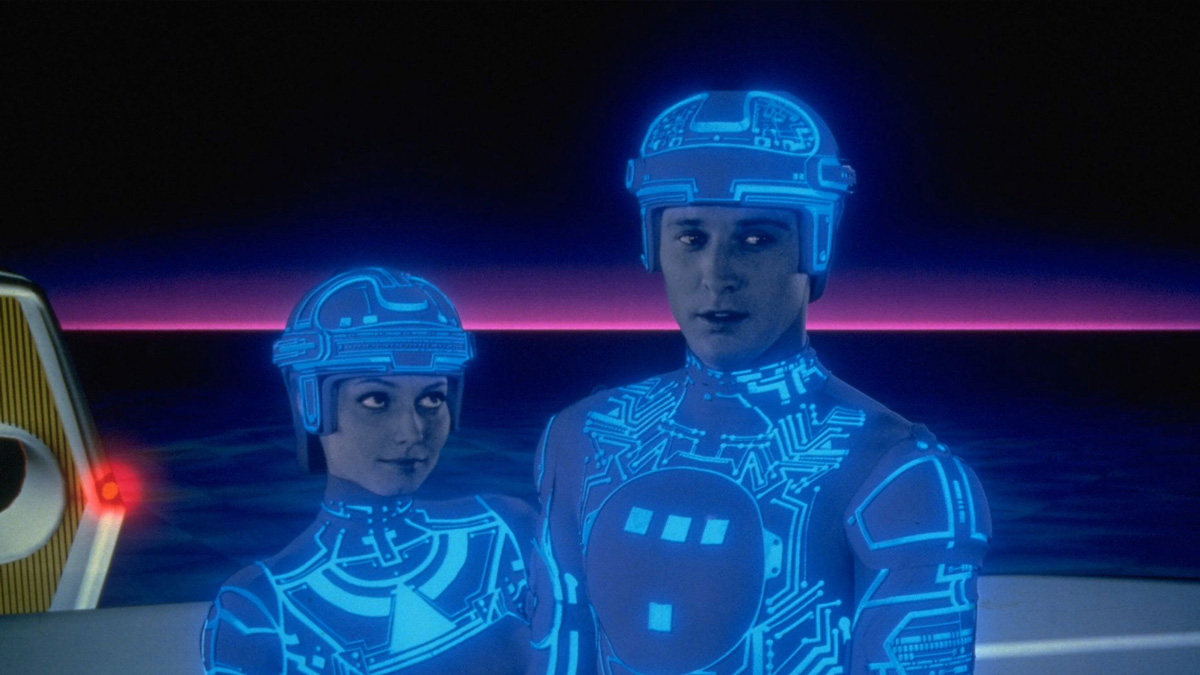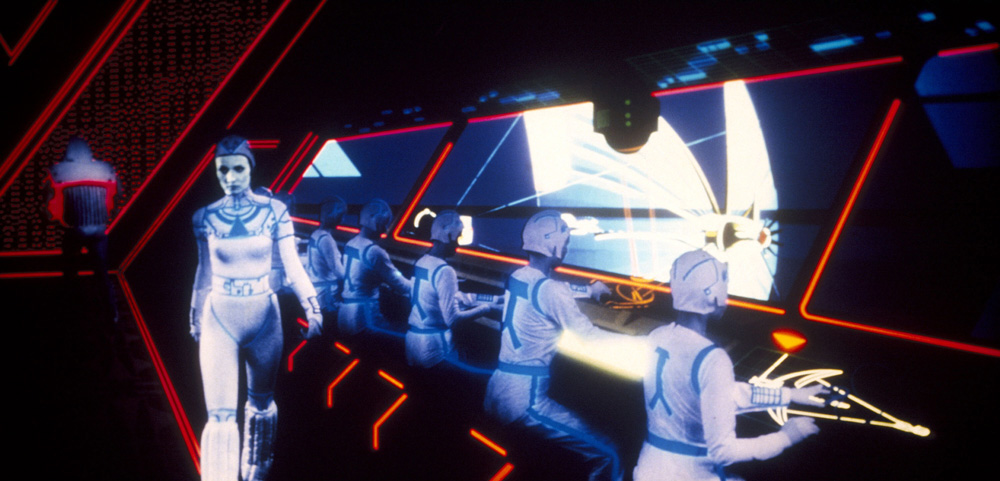
(c) Photofest / Getty Images
“Tron” The first full-scale CG movie in history, the long road to birth (Part 1)
2020.05.15
Planning for “Tron” begins
The Risbergers' plans to make a lot of money went awry, and they found themselves in a financial slump. In order to rebuild the studio, we have no choice but to start working on new projects as soon as possible.
In fact, there was a project that had been in development since 1979 in parallel with ``Animarpics''. The content is ``set in the world of computer The Game.'' However, Lisberger and his friends knew almost nothing about computers.
*2 Computers in 1979 were those manufactured by IBM and other companies used in banks and corporate laboratories.main frameOr DEC's used in universities etc.mini computeris the mainstream. Even though it's mini, it's about the size of a refrigerator.big thingThere was a size that completely occupied one room. of courseMicrocomputerorhome computerThere were personal products such as the Apple II and the Commodore PET 2001, but they were only for hobby use or for enthusiasts who enjoyed BASIC programming, and they were disappointing if you tried to use them for work.
Featuring Bonnie McBird and Alan Kay
Bonnie McBird is asked to research and write the scenario for a new project. She is a talented The Graduate of Stanford University, with a bachelor's degree in music and a master's degree in film. However, he had been teaching himself programming since middle school, and in college he played The Game on a DEC PDP-11 minicomputer at night. From 1975 to 1979, he served as director of project development at Universal Pictures.
McBird suggested that Lisberger hire Alan Kay of PARC (Palo Alto Research Center) as a consultant for this project.
PARC is a research institute established in 1970 by Xerox, which was concerned about the decline of paper media. During the Vietnam War, more than 50 talented people from all over the United States, who were tired of military-first research, gathered here and created a series of innovative and peaceful inventions.
Kaye previously studied under Professor Ivan Sutherland at the University of Utah Graduate School. Sutherland was a genius scientist who invented concepts such as computer graphics, interactive computing, and virtual worlds.

"Tron" (c)Photofest / Getty Images
In his laboratory, Kaye developed the language for FLEX (FLexible EXtendable) , which later became the basis of personal computing, and received his Ph.D. in 1969. After working at the Stanford Institute for Artificial Intelligence , he joined PARC in 1972.
At PARC, Kei comes up with a concept called the " Dynabook " (perhaps similar to today's iPad Pro?), which aims to be a computer that even children can use, based on FLEX research. His team began developing the world's first personal computer, the Alto, in 1972 as a temporary hardware, and completed the first machine in 1973.
However, Xerox did not understand its novelty and made no attempt to commercialize it (*3). On the other hand, Xerox frequently held demonstrations (*4) of the Alto. It is assumed that McBird probably learned the news somewhere.
McBird used an acoustic coupler to send a draft script to Kaye, who added to it and revised it using the Alto's word processor. The settings that would become the basis for ``Tron'' were born one after another from Kei's ideas. For example, ``Programs with individuality similar to humans'' , ``MCP (Master Control Program: another name for OS) that defies the user and controls the computer space'', ``Light Cycles that run through optical computer circuits'', etc.
Kei is also involved in the construction of the characters. For example, Encom's Alan was modeled after Alan Kay himself, and the office in the movie was also based on the atmosphere of his room at the Stanford Artificial Intelligence Research Institute and PARC.
As McBird continued to interact with Kay, he began to develop a personal liking for him. We can only imagine what kind of conversation the two actually had, but it must have gone beyond simply interviewing for a movie. For example, before coming to PARC, Kei was also a professional jazz guitarist, so it's possible that he and McBird got excited about music.
Their relationship continued even after Kei became disappointed with PARC and moved to Atari 's research lab in 1981 (and the two married the following year).
*3 In the end, the Alto was commercialized in 1981 under the name "XEROX-8010 Star," but the IBM-PC was released around the same time, and the Star was not a commercial success.
*4 Steve Jobs of Apple Computer also toured PARC in 1979, the same year that McBird visited. He was so impressed by the Alto demo that he immediately ordered his company to develop a similar system. This became the 16-bit personal computer "Lisa" released in 1983. The Lisa was a commercial failure due to its high price tag of $10,000, but the concept was carried over into the Macintosh, released in 1984.

